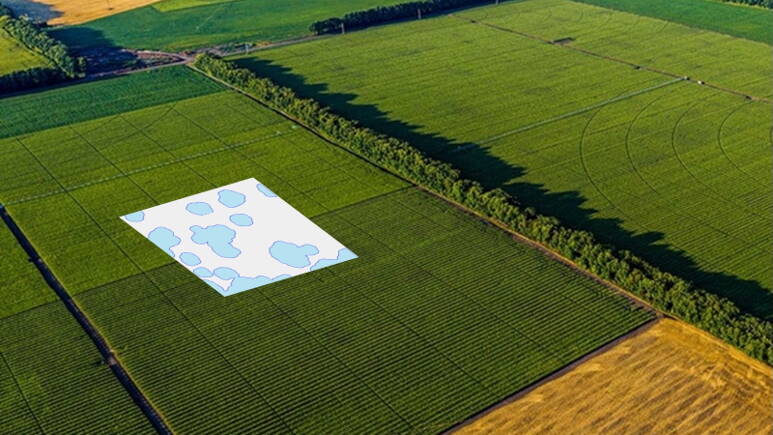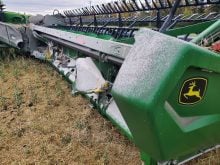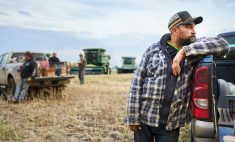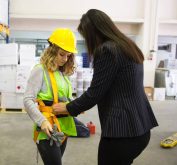Glacier FarmMedia — Talking about cybersecurity not only raises awareness in the farming community — it can help reduce the stigma suffered by those victimized by cyberattacks.
That was the message from Janos Botschner, a behavioural scientist and researcher with the Community Safety Knowledge Alliance. Botschner spoke at the CropConnect Conference in Winnipeg on Feb. 12.
“It’s better to talk together and build support with one another than to suffer in silence and maybe be victimized again,” he says.
Read Also

Geco, Gowan team up on predictive weed control using multi-year imagery
A new partnership between Geco and Gowan brings predictive weed mapping to more Prairie farms, using multi-year imagery to forecast patch-prone zones and support targeted herbicide plans.
Because farms and farm equipment are increasingly digitized, real world obscurity doesn’t necessarily offer protection. People on the other side of the world can be as close as neighbours through an internet connection.
In recent years, large companies like JBS, Sollio and Maple Leaf Foods have been targets of cyberattacks. However, Botschner notes, individual producers have also been victimized.
Most cybercriminals are simply looking to make a buck, Botschner says. Some may use ransomware to try to exploit rural communities, small- and medium-scale food processors, farm businesses and other parts of the food value chain. If they try multiple victims, even if only a few respond to demands, they’ll make money.
In the case of the ransomware attack against Maple Leaf Foods, the company later said that total cost to their bottom line ran up to $23 million after hackers locked down their systems and the company refused to pay.
Cybersecurity can be similar to other concepts with which farmers are already familiar, like pest management, livestock health, health and safety and mental health, CropConnect attendees heard. Farmers are often already committed to lifelong learning, risk management and helping one another.
“If we can start to open up our minds and see, ‘Oh, wait a minute, this is not that different’ … maybe some baby steps toward cybersecurity can be a little bit more achievable,” Botschner said.
“It’s no one’s shame if something happens because we’re all vulnerable … But the more we know and the more we start to create those frictions, the harder it is for us to just be victimized by a drive-by cyberattack.”
His organization has free, agriculture-specific cybersecurity resources. That includes guidance on how to develop a cybersecurity policy for a farm. Botschner joked that this could be as simple as a sticky note on a dashboard, reminding people to not click links without verifying the sender.
Other resources include basic steps for farm cybersecurity; questions to ask agricultural technology vendors when preparing to buy or subscribe to digital technologies and tips for developing a business continuity plan for cyber incidents.
















